The arrival of the saga Star Wars, The Book of Boba Fett on the streaming service
is just as much an opportunity for the studio to tell new stories as it is to develop innovative technologies used today by all of Hollywood.
The dissemination of The Book of Boba Fett begins this December 29 on Disney + and it is little to say it: the series is one of the most anticipated of this end of the year.
In fact, this new foray into the universe Star Wars, one year after the beautiful end of The Mandalorian
season 2, marks the return to the foreground of one of the most iconic and appreciated characters of the saga, in spite of an ultra-limited time of presence in the original trilogy.
And on the other side of the camera, the series Star wars on Disney + also mark a turning point in visual productions of this magnitude, thanks to new filming technology. StageCraft, that’s its name, makes it possible to imagine the vastest and most delirious worlds, by integrating them directly on the stage to facilitate the work of the artists and reinforce the immersion of the spectators.
Find the Star Wars universe on Disney +
Star wars : a technological laboratory
The release of the very first film episode of Star wars in 1977 was not just a radical cultural phenomenon for entertainment cinema. The very way of imagining and conceiving of fantastic films has been turned upside down by the vision of George Lucas and the cunning of a few technicians. sweet-crazy who imagined revolutionary technologies for their time.
At the time, and for the purposes of filming, Georges Lucas founded the ILM (Industrial Light and Magic) special effects studio. The challenge ? To conceive the space battles imagined by the author-director and to give them a realistic patina capable of transporting the spectators in this distant galaxy, very distant.
To do this, the technicians set up a computer-controlled camera system, which could repeat a movement to the nearest millimeter. Convenient for filming ship models from all angles before embedding them on a starry background, giving a feeling of speed and amplitude never before achieved.
Cinema enters the digital world
The Star Wars saga fully embraced the revolution of computer graphics in the 90s through episodes 1, 2 and 3, mostly shot on green backgrounds and offering new environments and battle scenes. The Phantom Menace in 1999 also introduced Jar Jar Binks, the first character entirely designed by computer and interacting in a complex way with real actors.
In order to simplify the production of his films, the director also used a digital camera prototype developed by Sony to shoot theAttack of the Clones, a world first for a blockbuster of this magnitude, even if our franchouillard Vidocq will remain the first film shot entirely digitally.
Finally, it is a real production chain that Lucas and ILM have set up with the massive use of animatics. Rather than drawing a classic storyboard by hand, this technology assumes that animators and graphic designers produce the most complex sequences in animation, with simplified models, to more directly illustrate the camera angles or the lighting of the set, and thus give the team a preview of the action or battle scenes to start working on them even before the first day of filming.

All these technologies were embryonic at the time and the Star wars the 2000s quickly aged visually… However, their production radically transformed the way we conceive of these big budget shows. Even today, the majority of large productions use the methods put in place by ILM.
StageCraft: a new way of shooting
After films, series imply other production constraints. And if Disney + gives itself the means of its ambitions, the budgets are not extensible and the shooting mechanics of a feature film do not necessarily lend themselves to a series of ten episodes of 40 minutes each.
Also, to multiply the planets visited by Boba Fett the bounty hunter and the adorable Grogu, the ILM teams reused an idea launched on the shoots of Rogue one and Solo: A Star Wars Story.
Instead of using a green screen, the special effects studio broadcasts a virtual environment directly on the set, via a huge curved LED screen that surrounds the actors at 270 °.
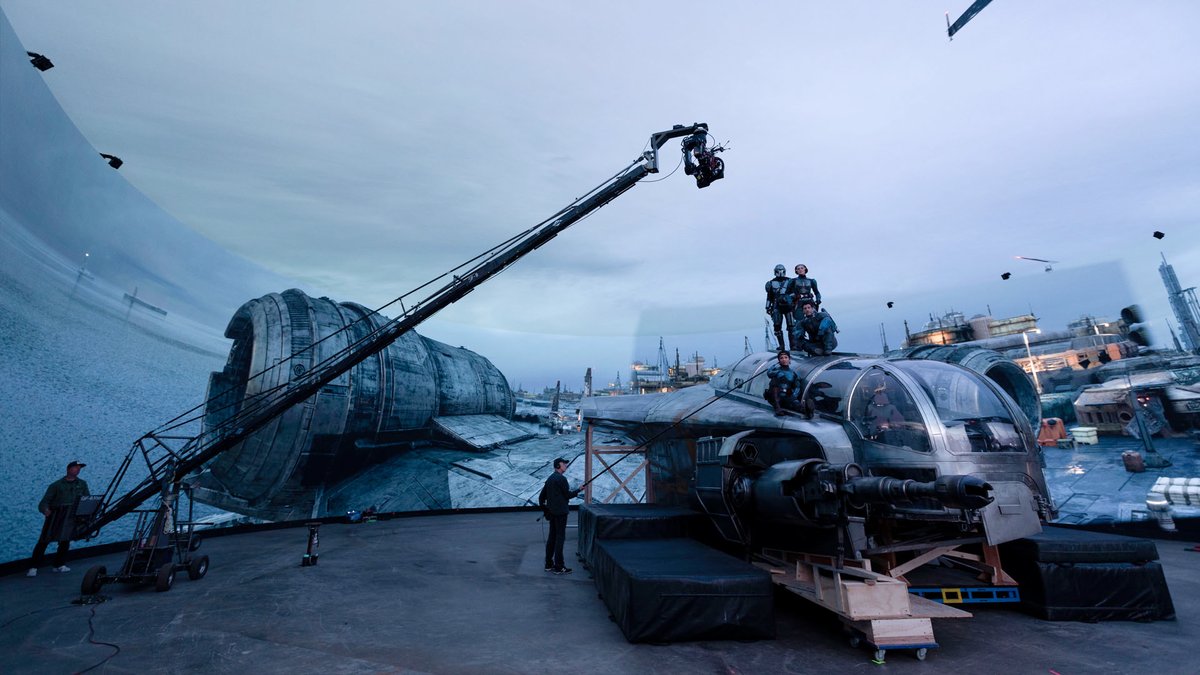
The device, called StageCraft, allows both to avoid the problems of visually missed keying, but also to save time and money in post-production, the illusion being absolutely perfect when looking at the program. .
StageCraft also makes it easier to light the characters, as the light is returned directly from the LED screens. This is particularly useful for Mandalorians like Boba Fett, whose combinations directly reflect the light, reinforcing the realism of the sequences.
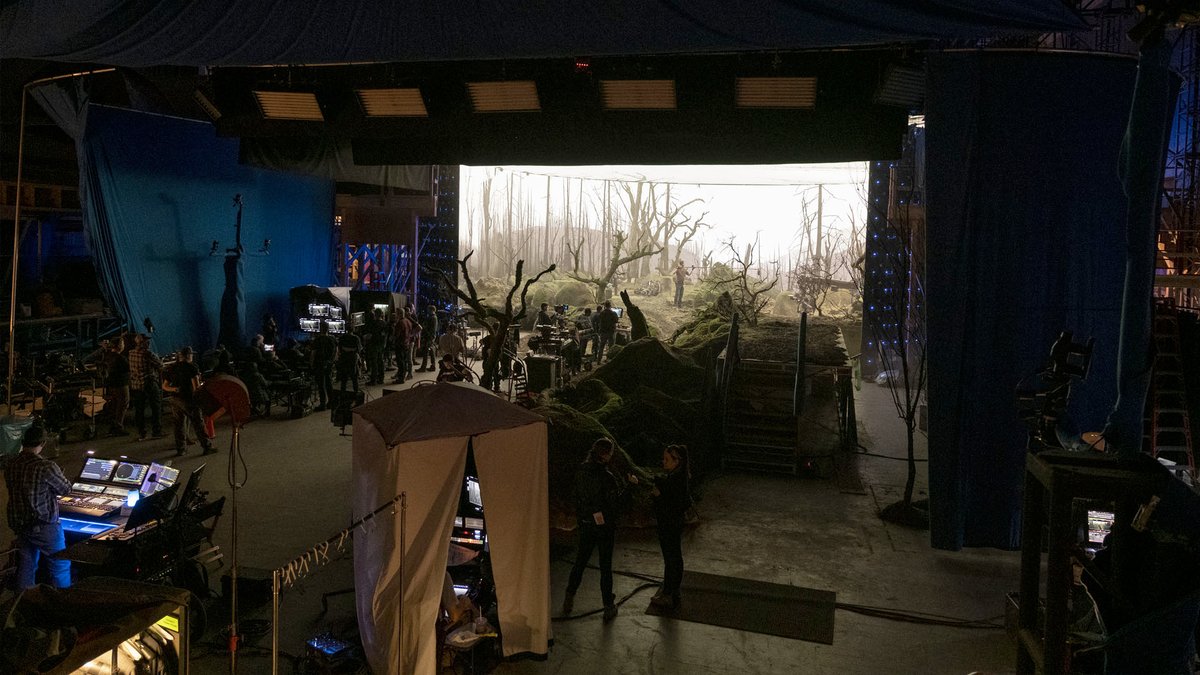
The shots thus shot can be directly edited and assembled into the final structure of an episode, without the need for complex post-production and months of work on the part of the graphic designers.
The natural cross between audiovisual and video games
Still, StageCraft imposes a static staging in its process. The camera should be stationary so as not to see the scenery remaining fixed betraying the process and ILM has integrated this well during the development process.
To gain flexibility and give directors all the creative tools possible, the studio worked with Epic Games to use their Unreal Engine game engine. The sets are thus fully modeled in 3D and linked to sensors placed on the cameras used in the volume. NVIDIA and famous camera builder Arri also worked with ILM to refine the creation of StageCraft.
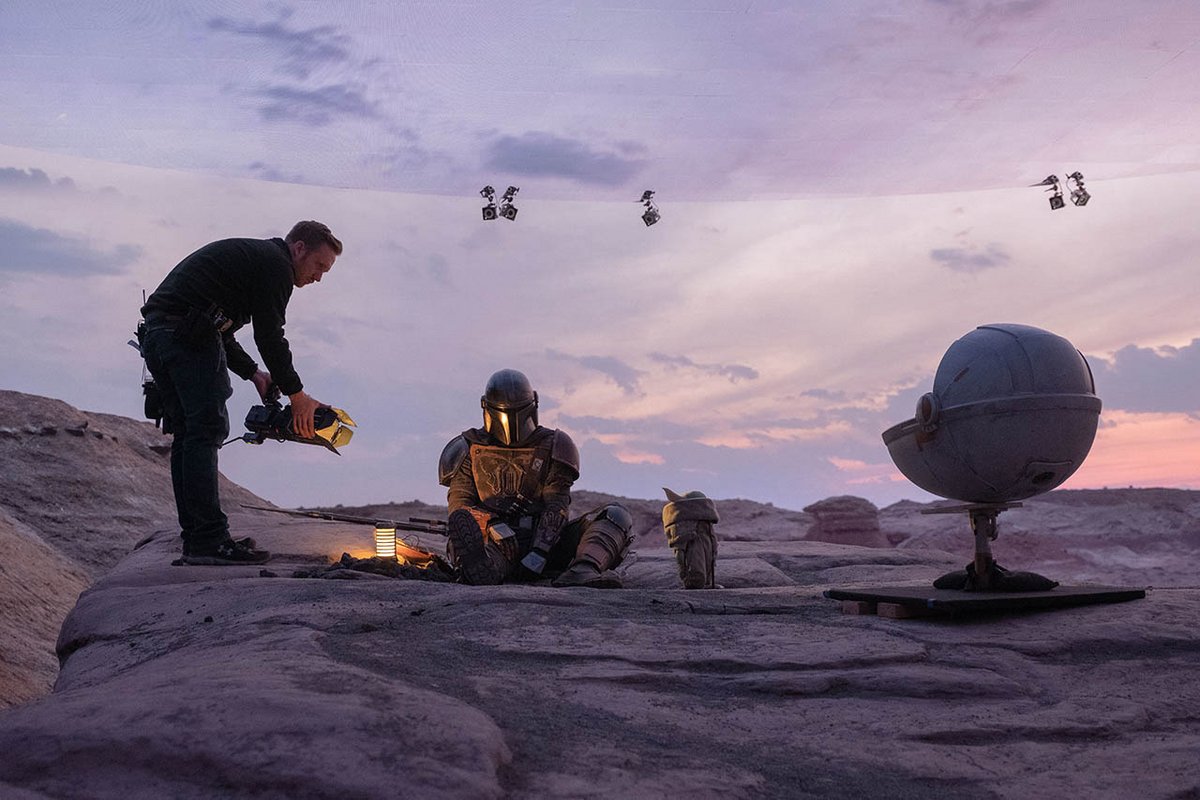
If the director needs to pan or travel, the scenery changes in real time behind the actors and follows their actions. The latter are then always totally immersed in the digital environment and can interact with the set without having to imagine it, as they would during a filming on a green screen.
ILM quickly perfected StageCraft with a new, larger filming space for the second season of The Mandalorian, and The Book of Boba Fett, to capture larger and more impressive outdoor environments.
Discover The Book of Boba Fett on Disney +
A process that is developing at Disney and elsewhere
Of course The Book of Boba Feet has therefore taken advantage of StageCraft technology, like most of the series and the upcoming season of The Mandalorian.
StageCraft is a real revolution, which is exported elsewhere: ILM and Disney have jointly announced the creation of several volumes in London and Melbourne, in addition to the two existing structures in Los Angeles.
We already know that the next Ant-Man: Quatumania and Thor: Love and Thunder as well as the series Star Wars Andor will also take advantage of StageCraft to offer viewers ever more immersive and original sets.
We look forward to discovering the new innovations developed by ILM and Disney to bring this first series dedicated to the most famous bounty hunter in the galaxy to life.
Star Wars: The Book of Boba Fett will be available from December 29, 2021, one episode per week, exclusively on Disney +.
From € 8.99
7
- Disney classics in one place
- Exclusive Marvel, Pixar and Star Wars series
- A very attractive price
He was eagerly awaited and does not disappoint. Disney + is not a rival of Netflix but a complementary offer, geared particularly towards children and more broadly towards the family. The Star universe, meanwhile, remains the poor relation of the platform and will require several years of work to catch up with its competitors.
He was eagerly awaited and does not disappoint. Disney + is not a rival of Netflix but a complementary offer, geared particularly towards children and more broadly towards the family. The Star universe, meanwhile, remains the poor relation of the platform and will require several years of work to catch up with its competitors.
Article proposed and designed by La Rédaction Clubic in partnership with Disney +.
Read the charter of trust
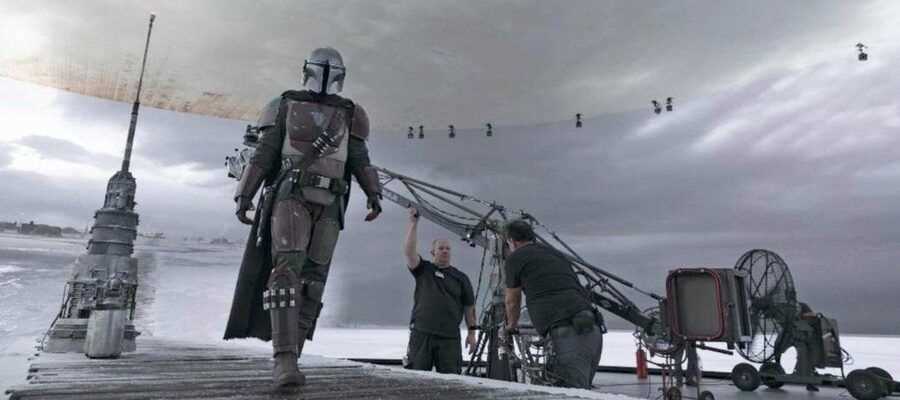
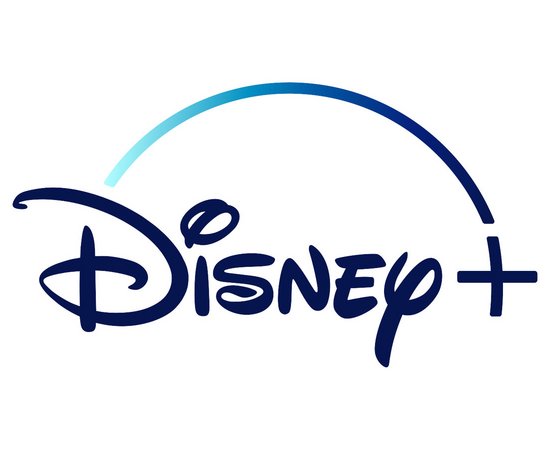
Sponsored by
Disney +
3